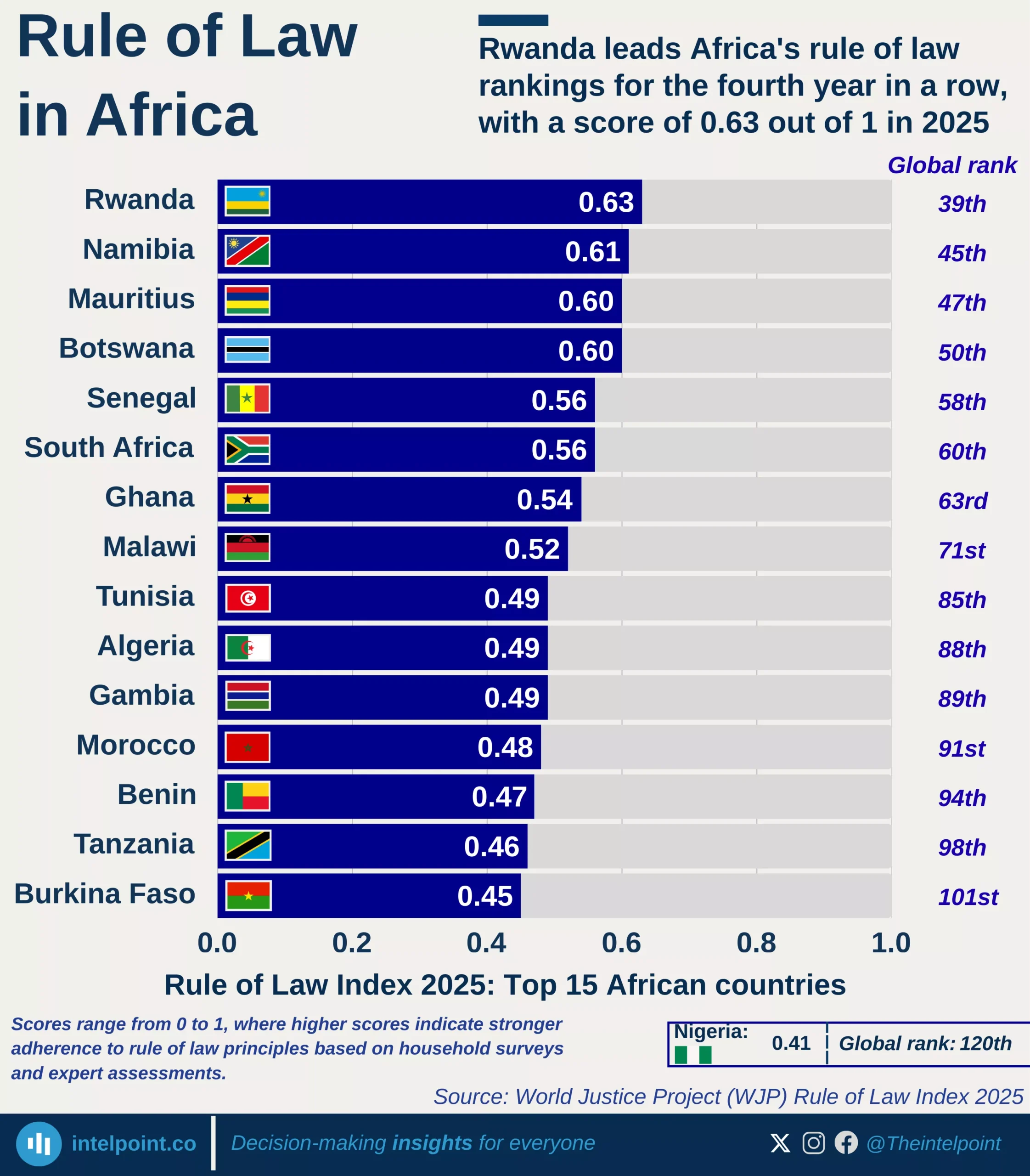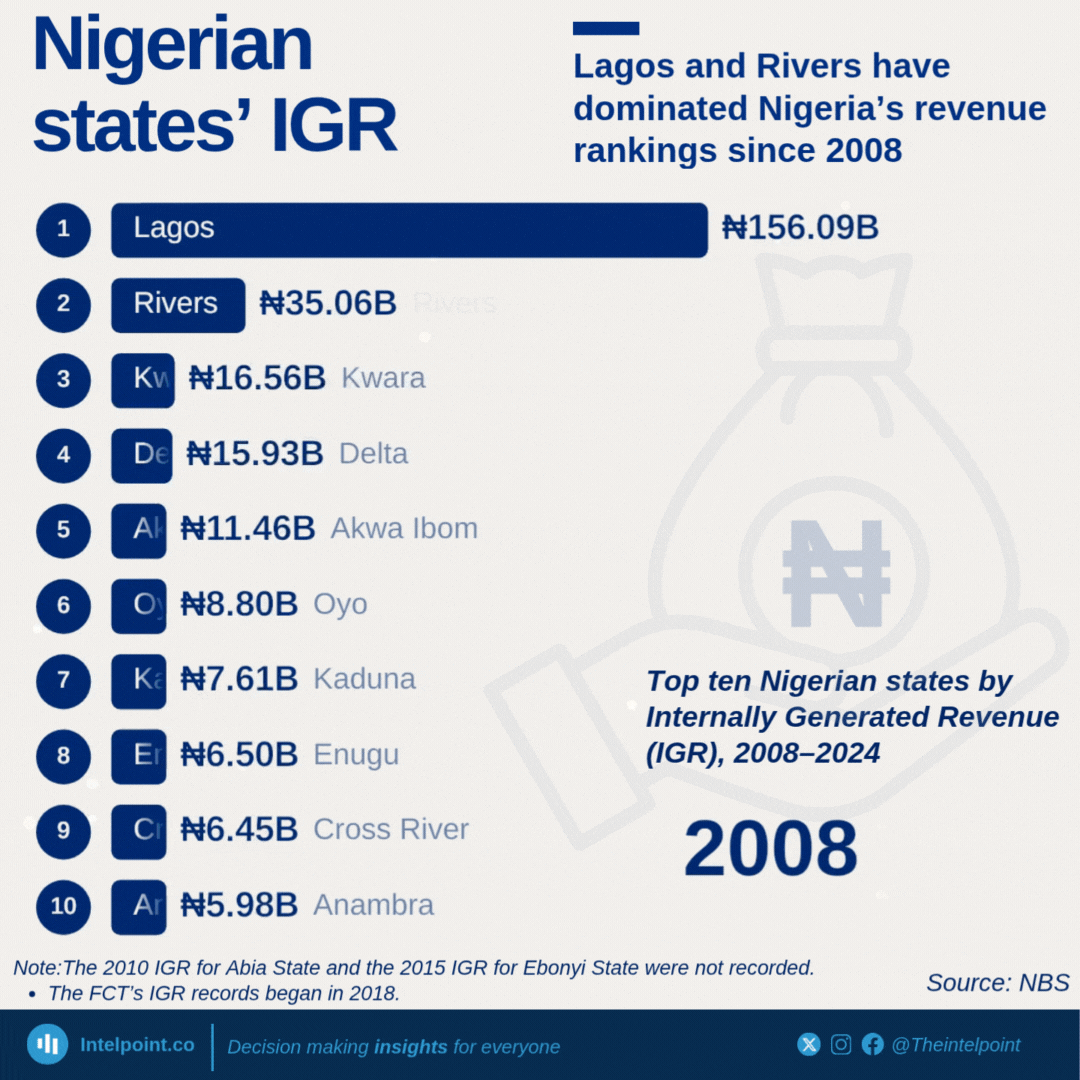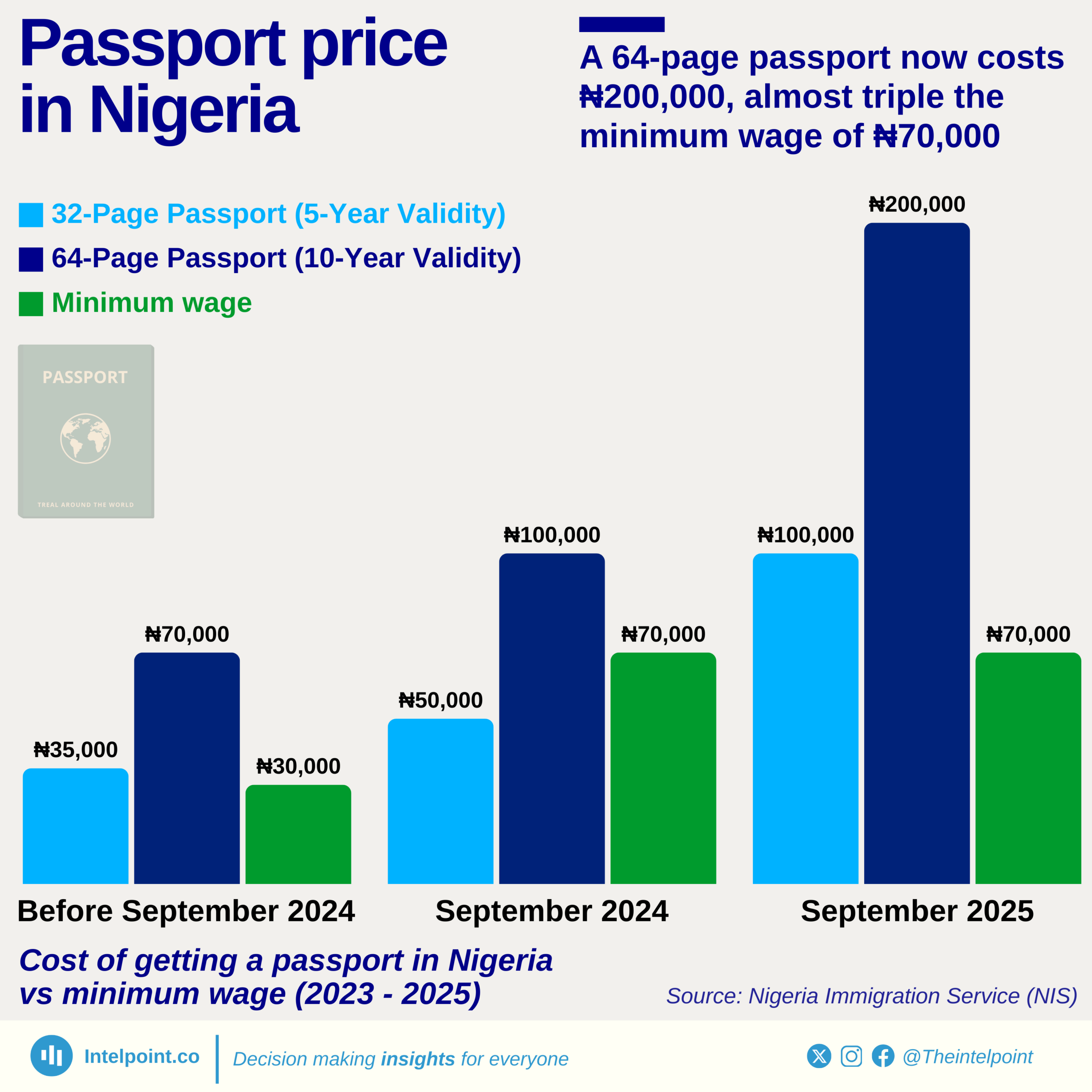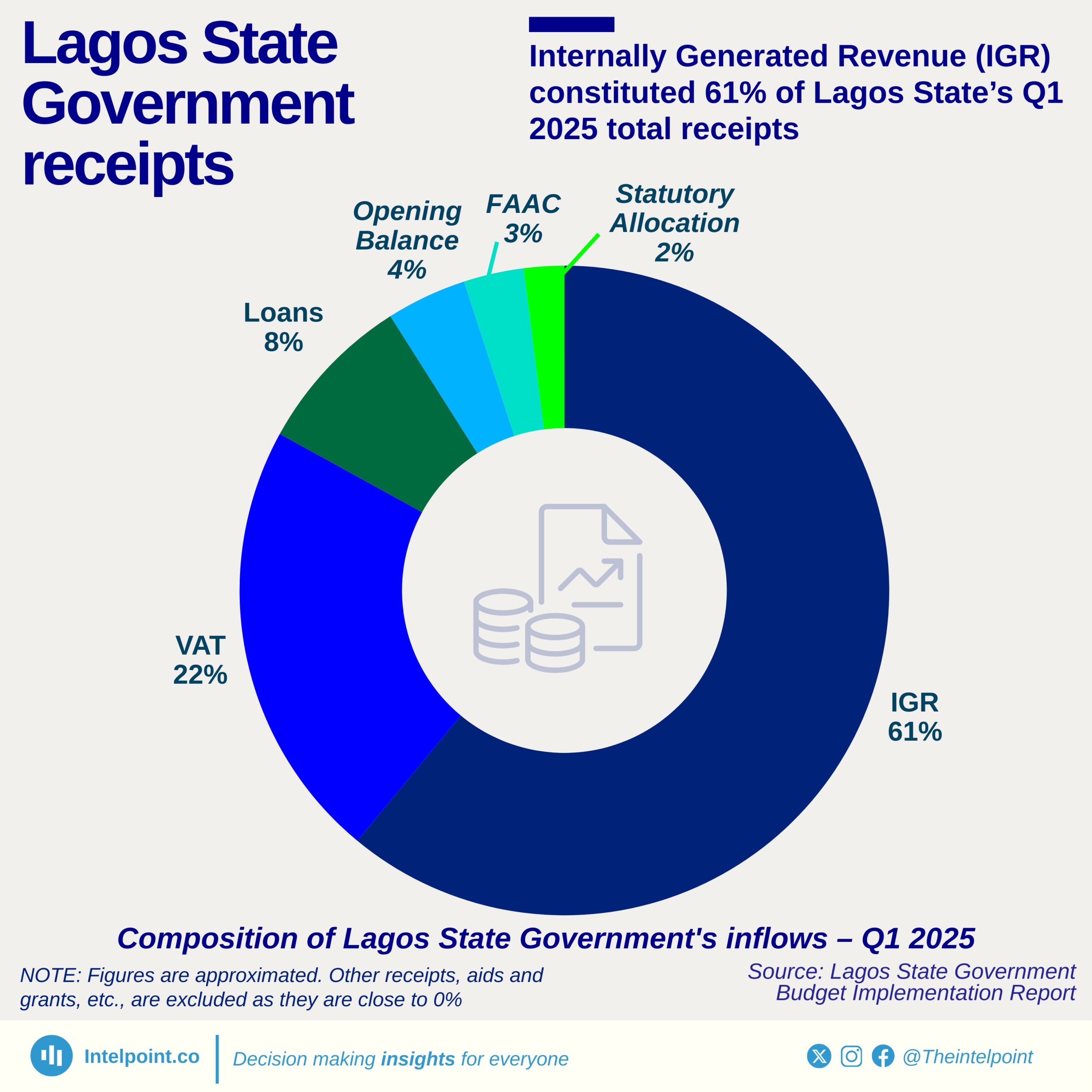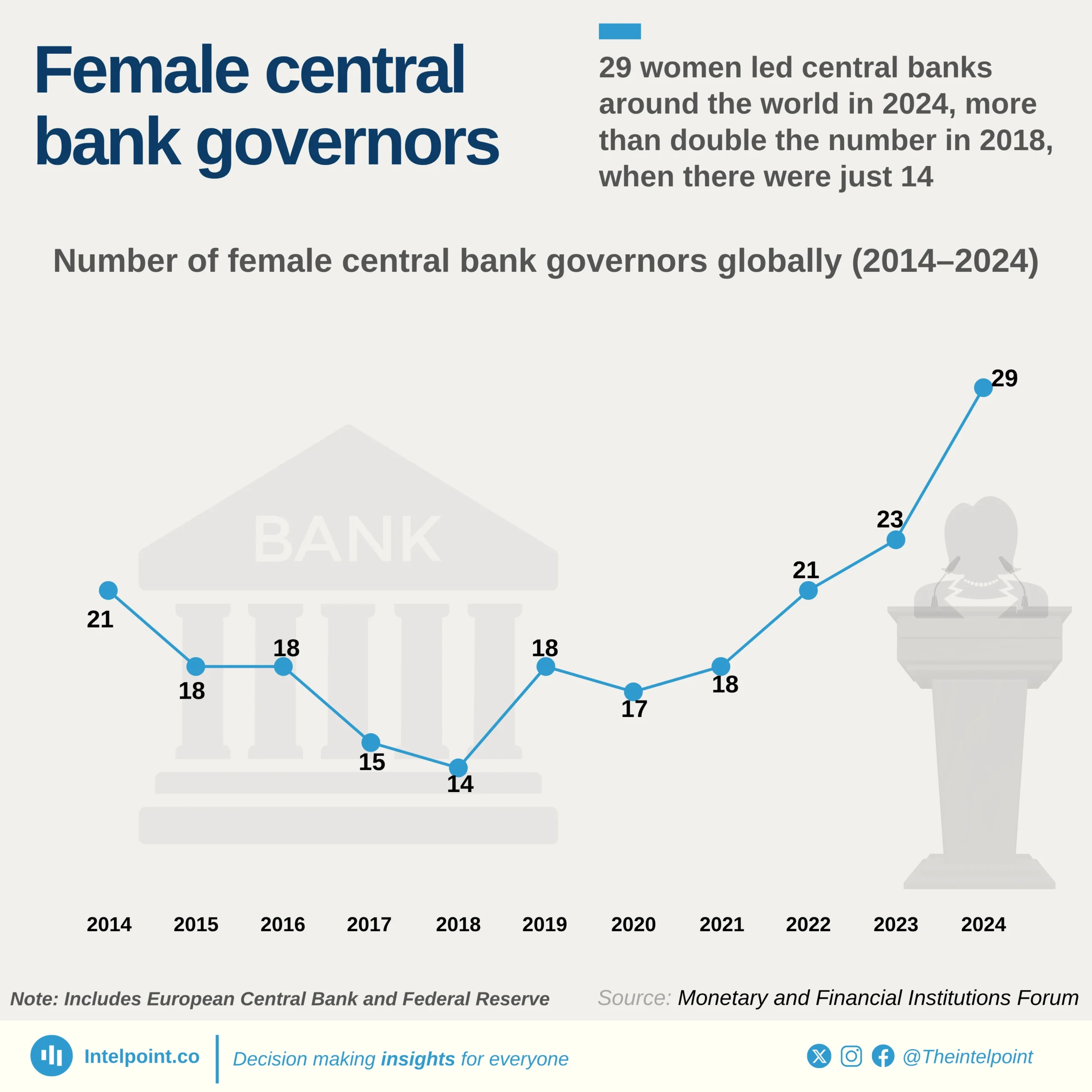For years, gender equality in governance has been a challenge, but some nations are breaking the norm. Rwanda has redefined global politics, with 63.8% of its parliament made up of women, the highest in the world. This remarkable achievement is rooted in post-genocide reforms that prioritised gender equity in leadership.
Cuba (55.7%) and Nicaragua (55.0%) have also emerged as global leaders, reflecting a strong cultural and political push for female representation in Latin America. Meanwhile, Mexico, Andorra, and the UAE all boast at least 50% female parliamentarians, signalling significant progress in gender-balanced governance. Despite its wealth, Monaco lags with 45.8% female representation, proving that economic status doesn’t always equate to gender parity.
